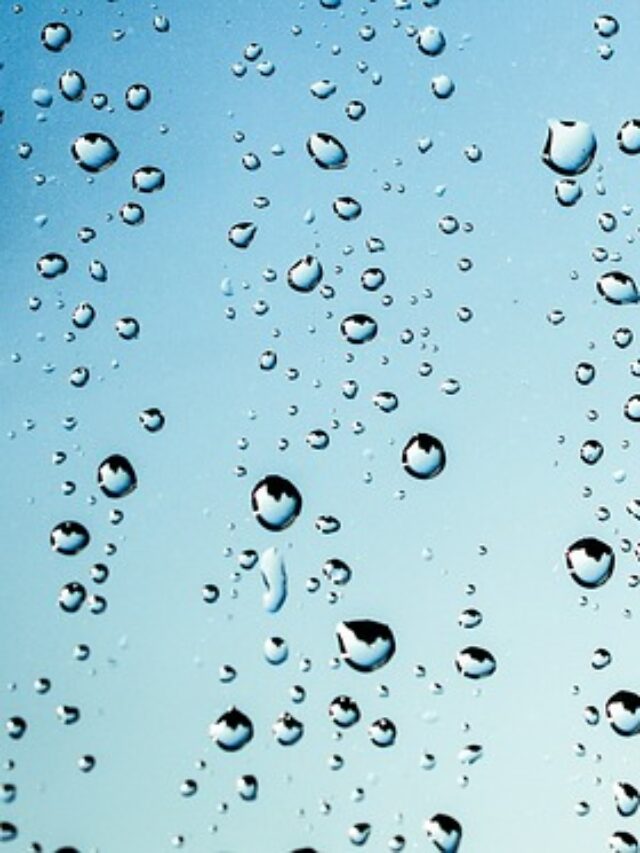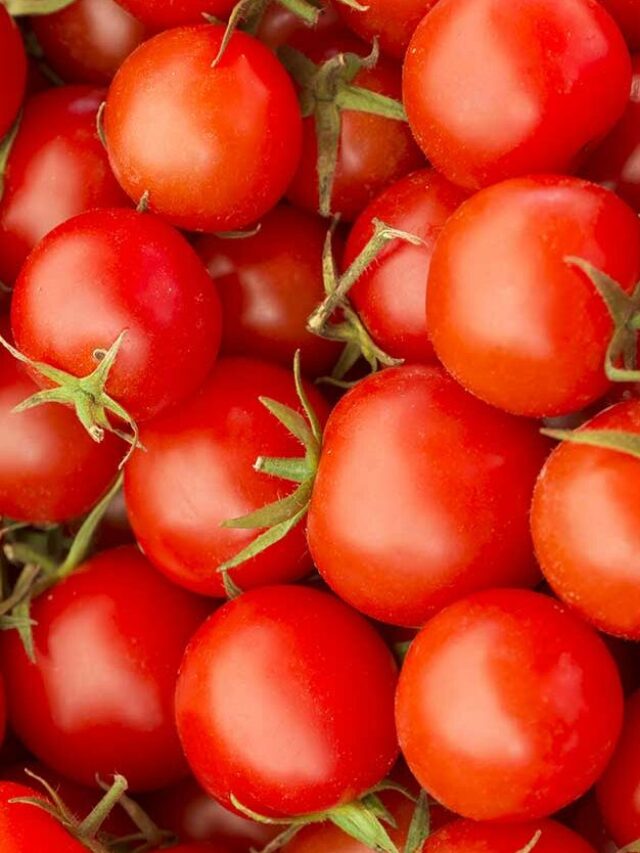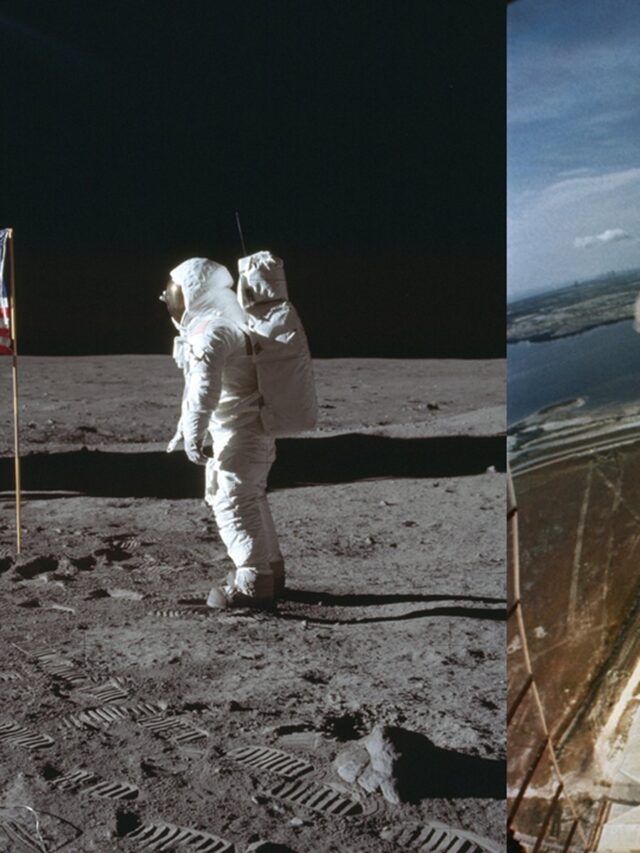Choosing a polo shirt for your company logo can be a bit overwhelming, especially if you’re not interested in fashion. Here are 5 key features to watch out for when choosing:
1. Fabric Type and Texture
The original polo shirt was 100% cotton, and its fabric is still very popular. There are especially high-end sides such as Vlone. These are special varieties of cotton, known for their quality, softness and durability. Cotton/poly blends are also popular because the fabric is resistant to wrinkles and less shrinkage. Some use 100% polyester. Due to the tightness of the fabric when washed repeatedly and its good moisture absorption properties in sweaty situations. Finally, you may prefer exotic or unusual fabrics such as bamboo, or eco-friendly choices such as recycled polyester and organic cotton.
However, the fabric content is only half of the equation. The texture of the fabric determines its look and feel. Jersey is a casual and inexpensive choice. The same kind of fabric used for t-shirts, suitable for screen printing or embroidery. Similar to jersey, the interlock fabric is thick and soft with double knits. Piqué is the original polo shirt fabric. If you look closely, you can see that it has a waffle texture. The jacquard fabric that looks and feels luxurious allows you to achieve interesting tonal effects. Finally, mesh fabrics are popular in athletic settings because the space between the fibers allows the garment to breathe.
2. Performance Features
The term “performance fabric” means a fabric designed to provide a substantial benefit to the wearer. They make the dressing experience more enjoyable and convenient. Moisture Absorption or Moisture Management Polo shirts remove sweat from the body and promote evaporation. They keep the wearer cool and dry and are in great demand of golfers and hard-working staff. Where sweaty areas may odor, antibacterial properties are important to inhibit the growth of odorous bacteria. When wearing a polo shirt in a restaurant or hospital, stain-resistant fabric is a must. Teflon and Scotchgard are popular fabric treatment methods that make it easier to clean spills. Anti-jam fabrics help keep your sports shirts like new for a long time, and are great for heavy use.
3. Brand
You can put your logo on polo shirts with recognizable brand names like Vlone Shirt, Adidas, Champion, Nike, etc. Those who give you a branded polo will see the brand and know that they have received high-quality clothes. However, the brand name sports shirt has one possible drawback. Manufacturer logos such as the Adidas Stripe or Nike Swoosh can appear prominently on the shirt and draw attention from the logo. Another option is a private label polo shirt. This garment is specially designed for embroidery and other logo decoration. You may not know the name of the retailer, but the quality and value can be excellent.
4. Color
In most cases, a polo shirt is one color from top to bottom. In other words, it is a solid color sports shirt. Another preferred option for athletic settings is the color block polo shirt. This garment combines different colors in different areas of the shirt. For example, the front and back of a shirt may be gray, and the side panels may be black. They may have stylish colored panels on the sleeves or chest. Colleges love color block polo’s because they have a choice of shirts that combine school colors. Another color consideration is the tip. Tipped polo’s have a narrow rim at the collar and sleeve hem. The piping is similar, but emphasizes the seams of the garment.
5. Decoration
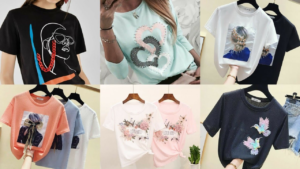
Finally, consider the decorative method used to apply the logo to the polo shirt. Embroidery on the left chest is a traditional option, dating back to Lacoste’s original crocodile. The advantage of embroidery is its durability and a stylish and luxurious appearance. If you want a less traditional look, other parts of the logo include the upper back or sleeves. Of course, embroidery is not the only option. If the polo’s fabric is as soft as jersey or interlock, you can opt for screen printing. New sports shirt decoration trends include laser etching and heat sealing, which basically “burns” the fabric surface to create a tone-on-tone design.
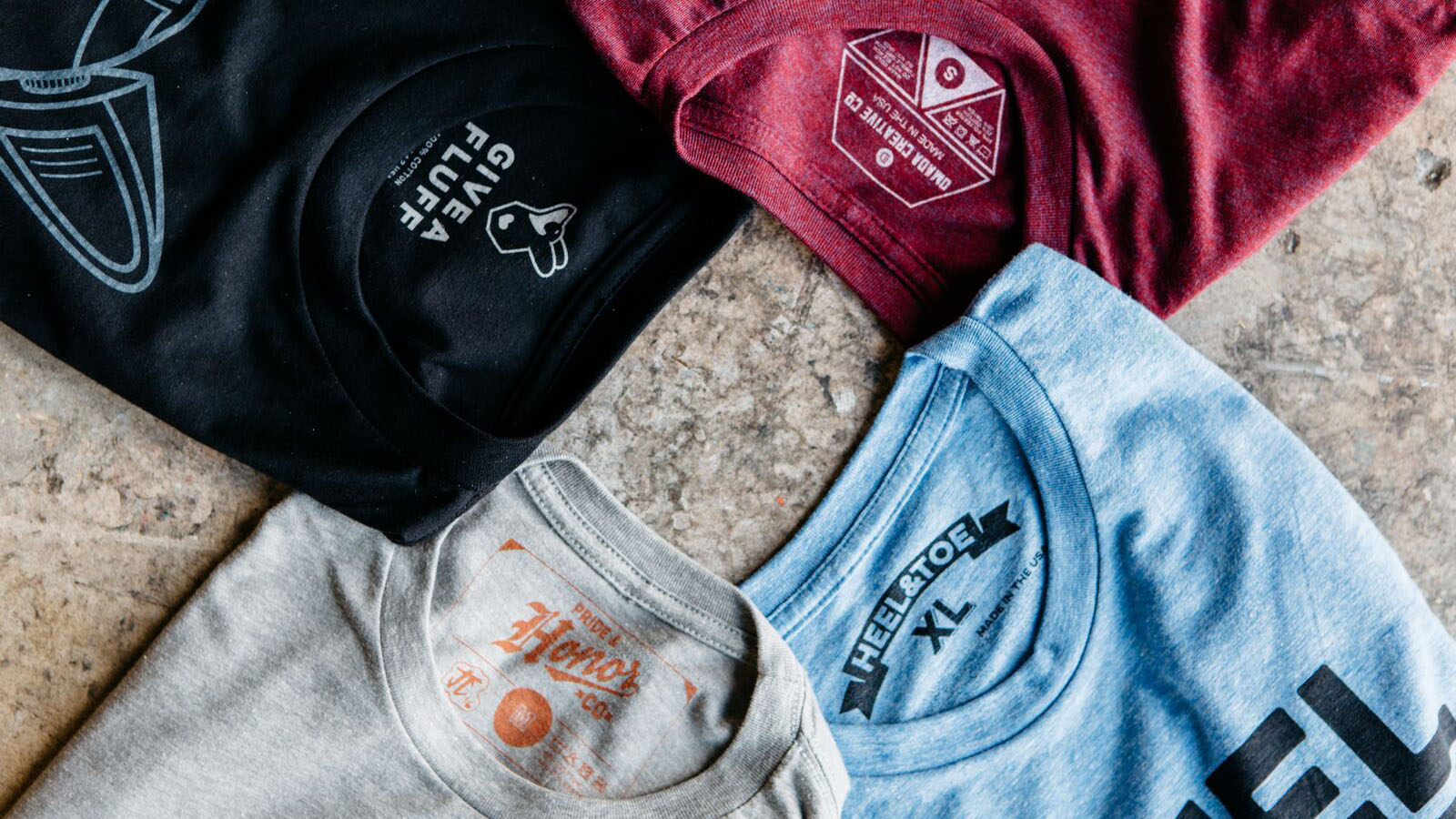



![[pii_email_37f47c404649338129d6]](https://www.webku.in/wp-content/uploads/2020/10/pii_email_37f47c404649338129d6.jpg)





